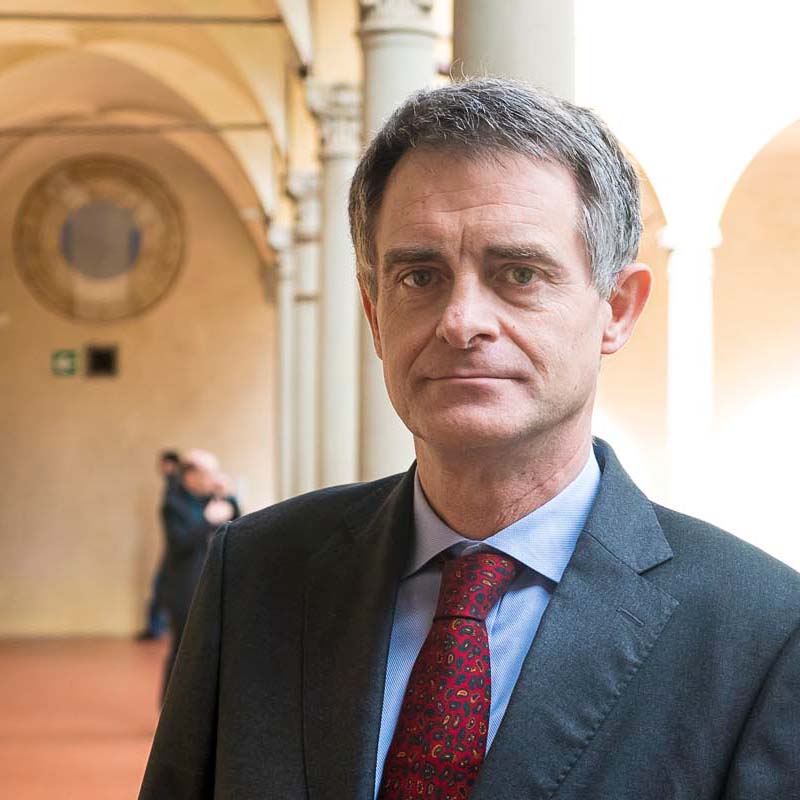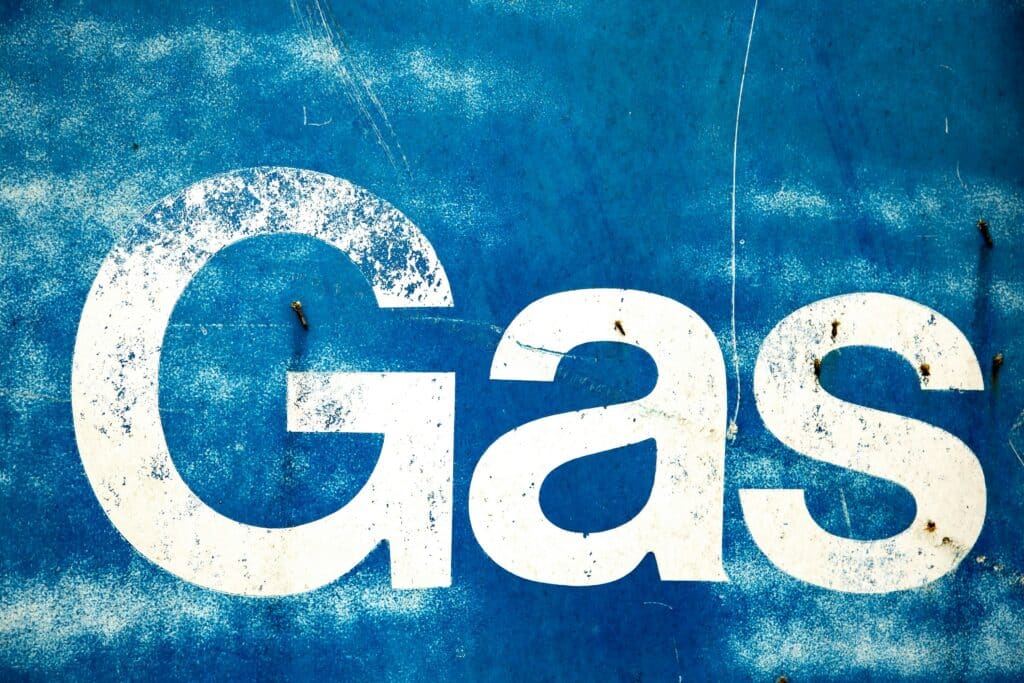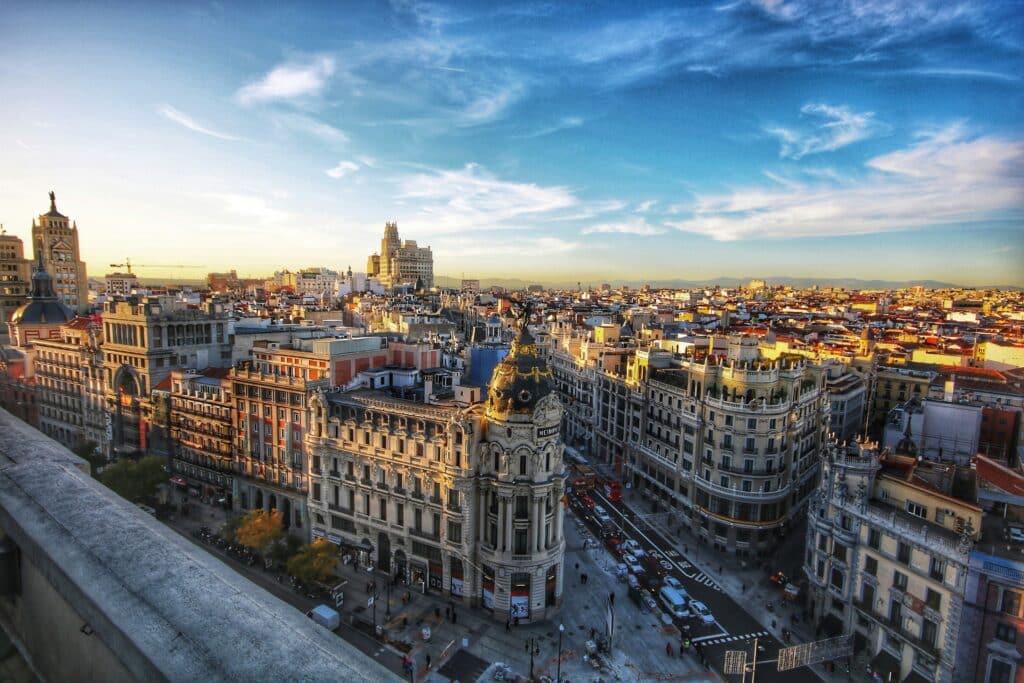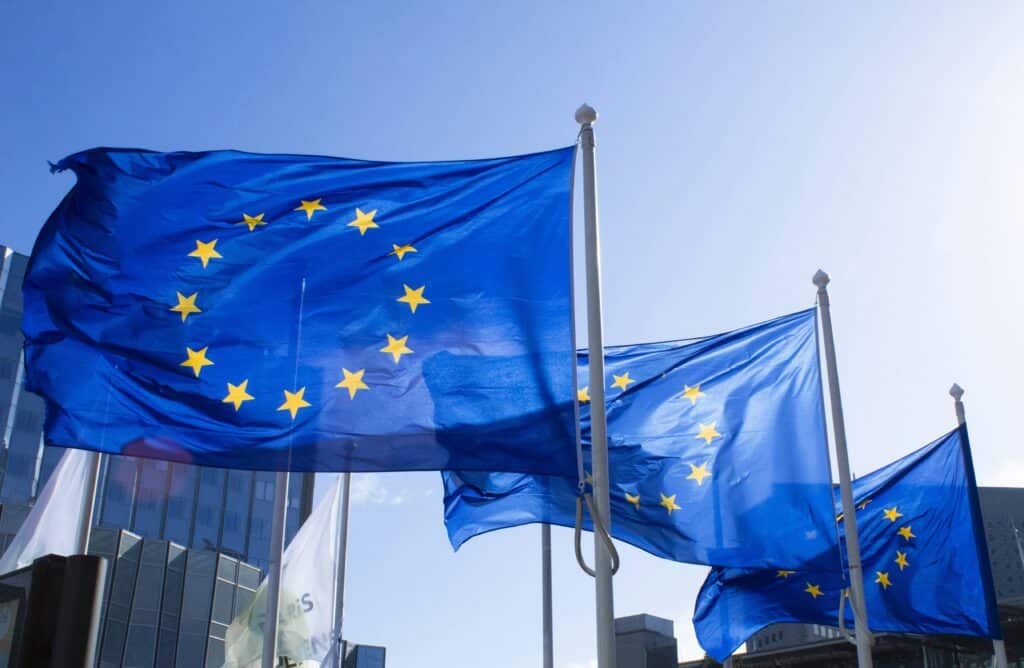European gas transmission tariffication: is it really fit for an Internal Gas Market?
This is the first installment of the Topic of the Month 'A new stage for the EU gas market: which regulation?'
A new stage for the EU gas market: which regulation?
Network tariffication is one of the key regulatory areas. With wholesale and retail competition, the prices charged to final consumers are mostly determined by market forces. However, how networks are remunerated and network costs are charged to network users and, eventually, to consumers (and producers or, in the case of gas, shippers) might affect the incentives for network investments and the price signals guiding consumption (and generation and shipping).
Network tariffication has also emerged as one of the most contentious aspects in the road to the integration of national energy markets in the EU, with little harmonisation having been achieved.
A bit of history: the Tariff Network Code (TAR NC)
In fact, in the initial implementation of the Third Energy Package of 2009 for the gas sector, “rules regarding harmonised transmission tariff structures for gas” was one of the priority areas identified by the European Commission for the development of Network Codes[1]. But defining such rules proved very difficult. After issuing the related Framework Guidelines on such rules, the Agency for the Cooperation of Energy Regulators (ACER) was unable to propose the Network Code for adoption to the European Commission, because it failed to attract sufficient support from National Regulatory Authorities (NRAs)[2]. The Network Code eventually adopted by the Commission, while retaining the original title, contains very little in terms of harmonisation of gas transmission tariff structures, focusing more on the transparency of the national tariff setting process.
Therefore, the Network Code failed to introduce ‘harmonised tariff structures’ for gas transmission. Such an harmonisation was expected to pursue the following objectives set by Article 13 of the 2009 Gas Regulation[3]:
- transparency, taking into account the need for system integrity and its improvement;
- cost-reflectivity, based on cost corresponding to those of an efficient and structurally comparable network operator and including an appropriate return on investments;
- non-discrimination in the calculation of tariffs, or the methodologies used to calculate them, and in their application;
- facilitation of efficient gas trade and competition, avoiding cross-subsidies between network users;
- providing correct incentives for investment;
- maintaining or creating interoperability for transmission networks;
- network charges which are independent from contract paths[4].
The same Article also provided that “tariffs for network access shall neither restrict market liquidity nor distort trade across borders of different transmission systems”, and that ”where differences in tariff structures or balancing mechanisms would hamper trade across transmission systems, and notwithstanding [the competences of NRAs], transmission system operators shall, in close cooperation with the relevant national authorities, actively pursue convergence of tariff structures and charging principles, including in relation to balancing”.
These provisions therefore seemed to envisage a strong push for harmonising the tariff structures and charging principles to avoid that they hamper cross-border trading in gas.
Cross-border charges
It is important to highlight that any tariffication system comprises separate elements: (i) the way in which allowed revenues for the network operators are determined; (ii) the way in which the allowed revenues are collected from grid users (i.e. the tariff structure); and (iii) how charges are imposed in the case of trading across different jurisdictions. Here we focus on this third element, even though the first two have important implications also for charging of cross-border trading.
So far, cross-border gas trading has been charged network tariffs not only at the points where gas is injected into the network and where it is withdrawn from the network, but also every time gas crosses an entry-exit area border (i.e. at cross-border interconnection points). That means that gas trading between market parties located in different Member States is charged several times, depending on the number of political/system borders which such gas is deemed to cross (resulting in the so-called ‘pancaking’). This approach clearly requires some sort of contract path being identified which raises doubts regarding its compatibility with the provisions of the Gas Regulation[5]. Beyond this legal aspect, one has to consider whether this way of charging for the gas transmission services complies with the more substantive regulatory objectives of transparency, cost-reflectivity, non-discrimination, facilitation of efficient gas trade and competition, and providing correct incentives for investments outlined above. In fact, the main justification for the current regime seems to rely on its supposed cost-reflectivity (gas is charged for each network which it uses).
Before we delve into the implications of this principle, it is worth noting that:
- the current charging approach for cross-border gas trading was already challenged in 2018 by the Quo Vadis study[6], which proposed to overcome the pancaking of gas transmission network tariffs by removing entry-exit charges at internal interconnection points;
- in the electricity sector, the ‘transit’ component of transmission network charges was abolished already in 2002 and, since then, the charges levied to grid users at their entry and exit points give them the right to transmit electricity over the entire EU transmission network, without further charges, except for those related to congestion, being imposed. At the same time, an Inter-TSO Compensation (ITC) mechanism was put in place to compensate those TSOs hosting transit flows without the possibility of charging them. This move, more than twenty years ago, was prompted by the objective of avoiding tariff pancaking which was considered not to be cost-reflective and unduly to hamper cross-border trading.
Therefore, the question which naturally arises is whether the gas transmission system is different from the electricity one to the extent of justifying a different approach to its charging.
When it comes to the promotion of cross-border trading, it is clear that the removal of charges at EU internal borders promotes the liquidity of the internal gas market by extending the geographical scope of seamless trading, in the same way as it did in the electricity sector.
The concept of cost-reflectivity
A less straightforward assessment is the one related to what cost-reflectivity means in designing transmission network charges. In particular, would transmitting gas over longer distances impose higher costs, so that charges at internal interconnection points would reflect these higher costs?
The answer to this question has different parts. On the one hand, it would seem uncontroversial that transmitting energy over longer distances uses more assets. For example, transmitting gas from the Netherland to Italy requires longer pipelines than transmitting gas from the Netherlands to Germany. On the other hand, it is far from obvious that a transaction between a shipper having title to gas in the Netherlands and a gas consumer in Italy would necessarily result in gas being physically transported between these two systems, as this gas will mix with other gas related to other transactions flowing in different directions in the EU gas network. While the lack of a one-to-one relationship between commercial transactions and the flows on the network is clearer in the case of electricity, it also happens to a certain extent in the gas network and it is at the basis of the provision in legislation which requires charges to be independent of contract paths. In fact, one would expect that, after the sanctions imposed by the EU on Russian gas, following the Russian war of aggression on Ukraine, the resulting drastic reductions in east-to-west flows on the EU gas networks, and the emergence of new flow patterns, the geography of gas flows in Europe is now more varied and variable. In this situation, transactions and flows do not necessarily go hand in hand.
Moreover, one could also argue that the costs that matter in defining cost-reflective charges are those induced by the gas flows. With most of the gas network already existing and its costs therefore being sunk, they should not enter into the cost-reflectivity assessment. This reasoning is probably impeccable from a theoretical viewpoint; however, the costs of the existing network needs to be allocated and recovered, and this might be more a matter of how they are charged to grid users rather than of whether they are to be charged.
An ITC mechanism applying to the gas sector?
The system currently in use in the electricity sector envisages that the costs of the so-called ‘horizontal network’, i.e. the set of network elements which are used to move energy across the EU (rather than to deliver energy to final consumers) are allocated among Member States, through the ITC mechanism, on the basis of the responsibility of injections and withdrawals happening in each Member State for the use of the different network elements in the EU horizontal network. It is then up to the individual Member State to decide how to charge its network users for the costs allocated to it[7].
Therefore, the cross-border allocation of network costs in the electricity sector is performed by the ITC mechanism and, in fact, most of the opposition against abolishing the entry-exit charges at internal gas interconnection points has been based on the complexity of such a mechanism if implemented in the gas sector, taking the difficult gestation of the electricity one as a reference. It is immediately worth noting that, as already illustrated in a 2022 FSR Policy Brief[8], the problems with the ITC mechanism for the electricity sector were mostly caused by the difficulty of tracking electricity flows over the transmission network, that this aspect would be much simpler in the case of the gas on the gas network and that the other elements of the electricity ITC mechanism did not pose any insurmountable difficulty.
But would an ITC mechanism applied to the gas transmission system deliver an allocation of costs which would result in tariffs for the use of the EU gas network which could be considered as cost-reflective, even though they are not based on the contract path? It seems that this would likely be the case. In fact, the ITC mechanism would allocate most of the transit costs – the cost of using a third Member State’s network – to exporting Member States located far away from importing Member States and to importing Member States located far away from exporting Member States. Therefore, some reference to the extent to which the different Member States use the EU gas transmission network, and therefore a degree of cost-reflectivity, would be maintained in the allocation of costs of such a network among Member States, without the charges being based on the political geography of Member States borders or on the contractual paths of individual transactions.
What mainly differentiates the gas sector from the electricity sector when it comes to removing entry-exit charges at internal interconnection points and establishing an ITC mechanism is that the volumes of transit flows, and therefore the monetary values which the ITC mechanism for gas would have to handle, are much larger than those currently managed through the electricity ITC mechanism[9]. Therefore, the TSOs hosting transits would have to rely on and trust other TSOs to collect revenues on their behalf to a greater extent than it is the case in the electricity sector. It would also require some sort of harmonisation of the way in which the allowed revenues to cover the cost of the horizontal network are determined. These aspects might themselves represent political hurdles, more difficult to overcome than the technical ones, in the implementation of an ITC mechanism which would be inevitably required to remove charges at internal interconnection points.
[1] Article 2 of Commission Decision of 19 July 2012 on the establishment of the annual priority lists for the development of network codes and guidelines for 2013. It is interesting to note that the same Decision, in its Article 1, also prioritised the development of rules regarding harmonised transmission tariff structures and/or investment incentives for electricity, which were never developed.
[2] Required for the ACER’s Board of Regulator to provide the needed favourable opinion on the proposal from the Director. In fact, at its meeting in Madrid on 13 October 2015, the Board of Regulators refused to provide its favourable opinion to the Recommendation on the network code for harmonised transmission tariff structures for gas.
[3] Regulation (EC) No 715/2009 of the European Parliament and of the Council of 13 July 2009 on conditions for access to the natural gas transmission networks and repealing Regulation (EC) No 1775/2005
[4] This objective should have been achieved by 3 September 2011, after a transition period (Article 13(1), last sub-paragraph, of Regulation (EC) No 715/2009).
[5] In particular, with the Article (13(1), last sub-paragraph).
[6] European Commission, Quo vadis EU gas market regulatory framework – Study on a Gas Market Design for Europe, written by EY & REKK, February 2018.
[7] One would expect that Member States mostly exporting electricity would charge the larger share of the cost allocated to them by the ITC mechanism to generators injecting electricity into the national system, while Member States mostly importing electricity would charge the larger share of the cost allocated to them by the ITC mechanism to suppliers or consumers withdrawing electricity from the national system.
[8] An Inter-TSO Compensation Mechanism for renewable and low-carbon gases, by Alberto Pototschnig and Ilaria Conti, Florence School of Regulation, Policy Brief 2022/53, November 2022.
[9] The size of the Framework Fund (FF), related to the costs of making infrastructure available to host transits, in the current ITC mechanism for the electricity sector is capped to 100 million euros, pursuant to Point 5.4 of Part A of the Annex to Regulation (EU) No 838/2010. With the establishment of the Cross-border Cost Allocation (CBCA) for new infrastructure developed as ‘Projects of Common Interest’, introduced by Regulation (EU) No 347/2013 of the European Parliament and of the Council of 17 April 2013 on guidelines for trans-European energy infrastructure and repealing Decision No 1364/2006/EC and amending Regulations (EC) No 713/2009, (EC) No 714/2009 and (EC) No 715/2009, as revised by Regulation (EU) 2022/869 on guidelines for trans-European energy infrastructure, amending Regulations (EC) No 715/2009, (EU) 2019/942 and (EU) 2019/943 and Directives 2009/73/EC and (EU) 2019/944, and repealing Regulation (EU) No 347/2013, the electricity ITC mechanism was left to cover only the costs of existing infrastructure used to host transits. These costs were mostly already paid through domestic tariffs and with a decreasing relevance over time. The limitation of the FF to 100 million euros therefore did not affect the incentives for network development.







